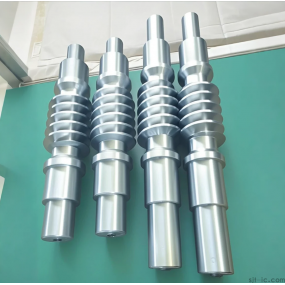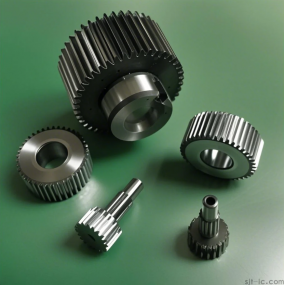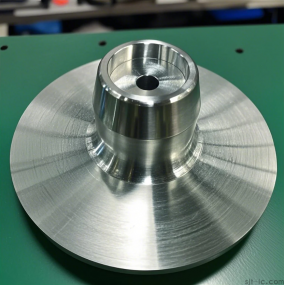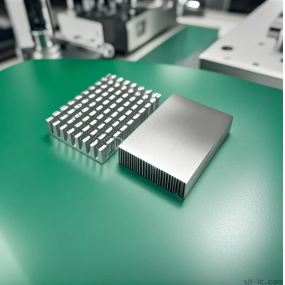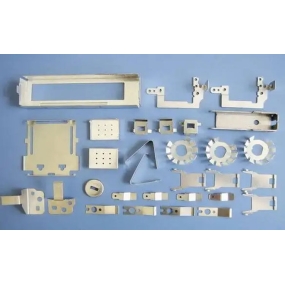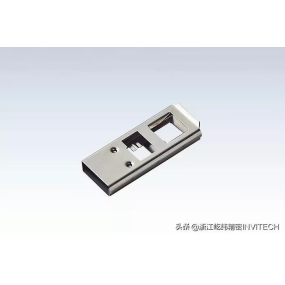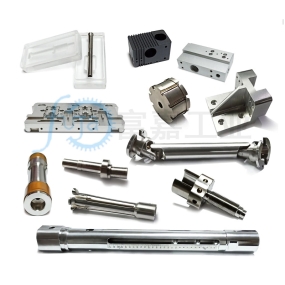Is your project stuck because you can't find a reliable, high-precision engine part? 🤔 Maybe a prototype needs perfecting, or a classic car restoration is halted by a discontinued component. You're not just buying a part; you're seeking a solution that understands tight tolerances, material integrity, and the heart of your engine's performance. This is where the magic of custom auto engine part CNC Machining comes into play. Let's dive into how it can be your ultimate problem-solver.
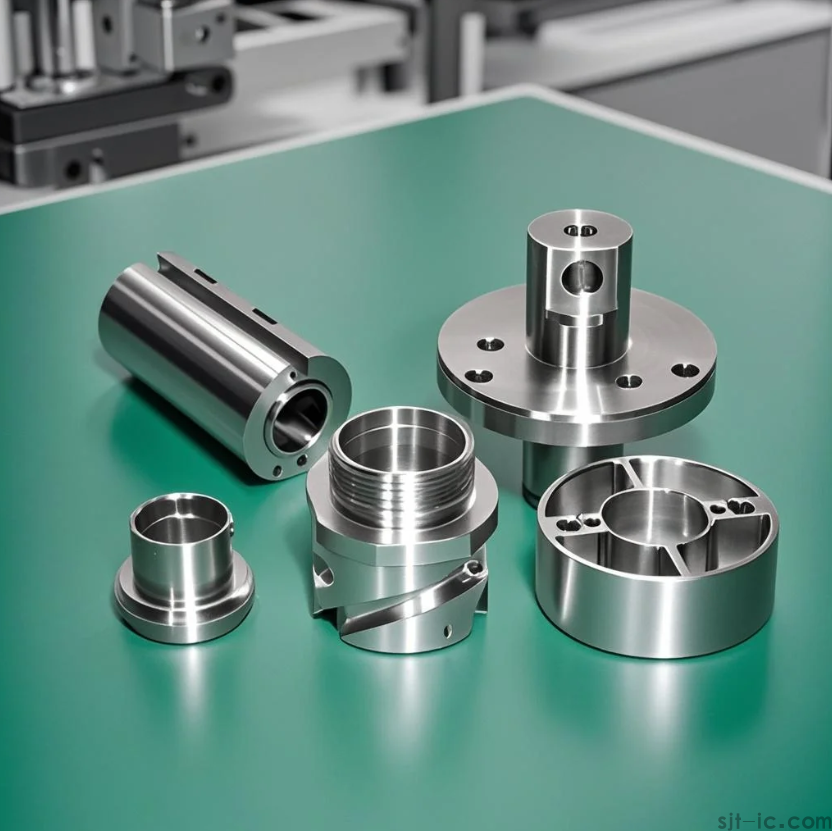
What Exactly is Custom Auto Engine Part CNC Machining?
At its core, it's a super-precise manufacturing process. A computer program guides cutting tools to carve a solid block of metal (like aluminum or steel) into a complex engine component. Think of it as a digital sculptor that can create everything from a simple bracket to a intricate cylinder head. The "custom" part means the entire process is tailored to your exact specifications and drawings.
Why Choose CNC Machining for Your Engine Project? ✨
You might wonder if this is the right path. Well, let's break down the biggest benefits:
Unbeatable Precision and Consistency: CNC machines follow digital instructions to the letter. This means every single part produced is identical, with tolerances so tight they're measured in microns. For engine parts, where a tiny gap can mean the difference between power and failure, this is non-negotiable.
Material Freedom: Whether you need the heat resistance of certain alloys or the lightweight strength of others, CNC machining can handle a vast range of materials. This allows you to select the perfect material for your engine's specific demands.
Complexity is No Problem: Unlike traditional methods, CNC can easily create complex geometries, internal channels, and intricate features that are common in modern engine designs.
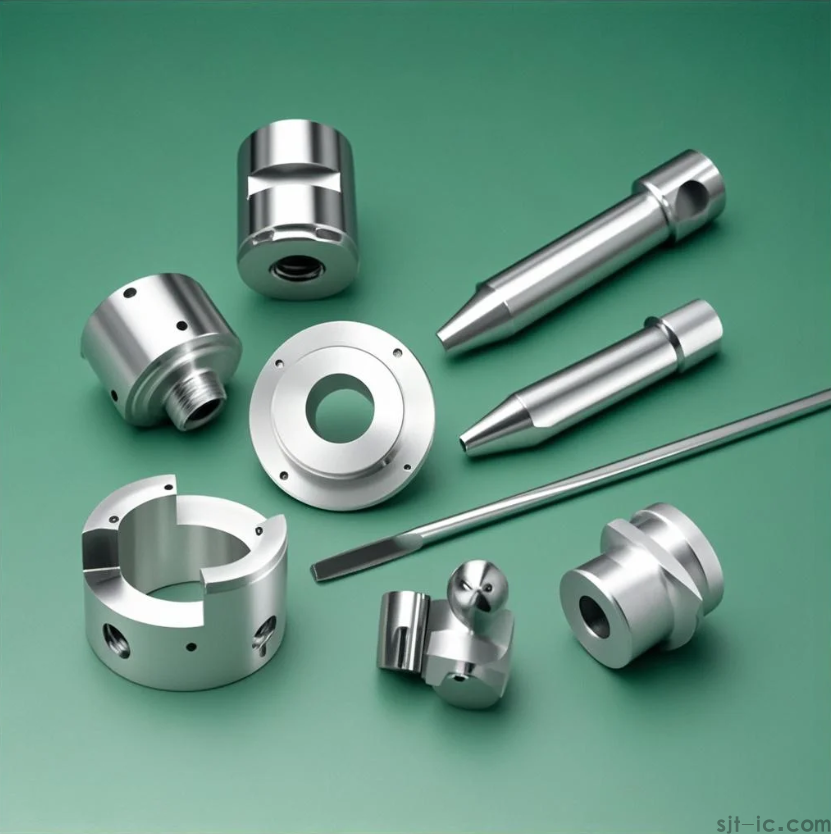
But Wait... Is It Right for EVERY Situation?
Here's a dose of reality. While amazing, CNC machining isn't a one-size-fits-all solution. For massively high-volume production runs (like for major car manufacturers), other methods like casting might be more cost-effective upfront. However, when it comes to prototyping, low to medium production volumes, and, of course, custom one-off parts, CNC machining is often unbeatable. It offers a flexibility that mass-production tools simply can't match.
The Real-World Impact: A Quick Scenario
Imagine an automotive workshop specializing in performance upgrades. They need a custom intake manifold for a unique engine swap. Off-the-shelf parts don't fit. By using custom CNC machining, they can design and produce a manifold that perfectly matches the engine bay and optimizes airflow. The result? A happy customer and a successful, unique build. This scenario perhaps suggests that the ability to solve specific, real-world problems is the true strength of this technology.
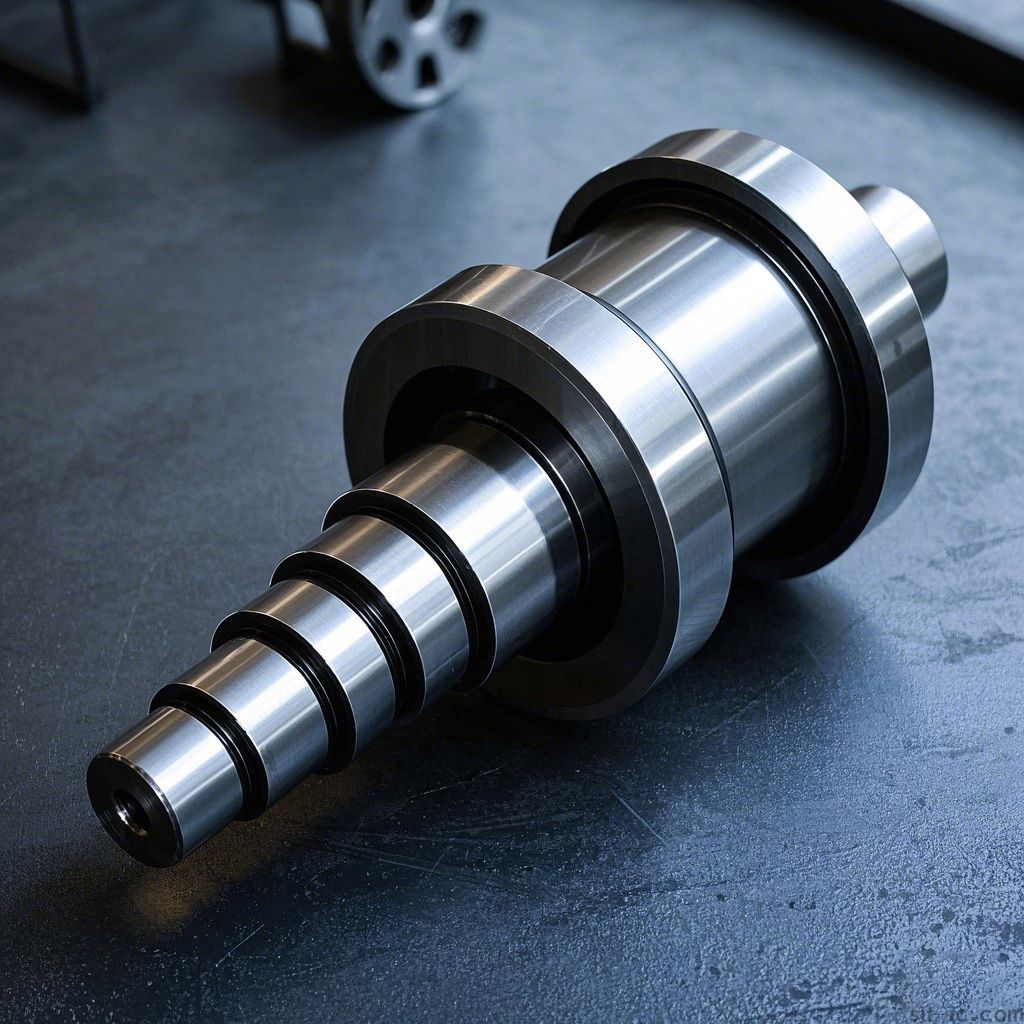
How Do You Get Started with a Custom Part?
Feeling ready to bring your idea to life? The process is more straightforward than you think:
1. Have Your Design Ready: This usually means a 3D CAD model or detailed engineering drawings. If you don't have one, some machining services can help you create it.
2. Material Selection: Decide on the best material for your part's function, environment, and budget.
3. Find the Right Partner: This is the most crucial step. You need a team that asks the right questions, understands engine requirements, and has a track record of quality.
Navigating material choices and technical specs can be tricky. That's why having an expert to guide you is invaluable. If you have a project in mind and want to discuss the feasibility, design, or just get a professional opinion...
The best next step is to talk to a specialist. 👇
👉 [Click here to connect with our engineering team for a free project review]
I've seen projects transform from a sketch on a napkin to a roaring engine success. The key is often that first conversation where ideas meet practical expertise. Don't let a complex requirement stop your project.


 Spanish
Spanish Arabic
Arabic French
French Portuguese
Portuguese Belarusian
Belarusian Japanese
Japanese Russian
Russian Malay
Malay Icelandic
Icelandic Bulgarian
Bulgarian Azerbaijani
Azerbaijani Estonian
Estonian Irish
Irish Polish
Polish Persian
Persian Boolean
Boolean Danish
Danish German
German Filipino
Filipino Finnish
Finnish Korean
Korean Dutch
Dutch Galician
Galician Catalan
Catalan Czech
Czech Croatian
Croatian Latin
Latin Latvian
Latvian Romanian
Romanian Maltese
Maltese Macedonian
Macedonian Norwegian
Norwegian Swedish
Swedish Serbian
Serbian Slovak
Slovak Slovenian
Slovenian Swahili
Swahili Thai
Thai Turkish
Turkish Welsh
Welsh Urdu
Urdu Ukrainian
Ukrainian Greek
Greek Hungarian
Hungarian Italian
Italian Yiddish
Yiddish Indonesian
Indonesian Vietnamese
Vietnamese Haitian Creole
Haitian Creole Spanish Basque
Spanish Basque

